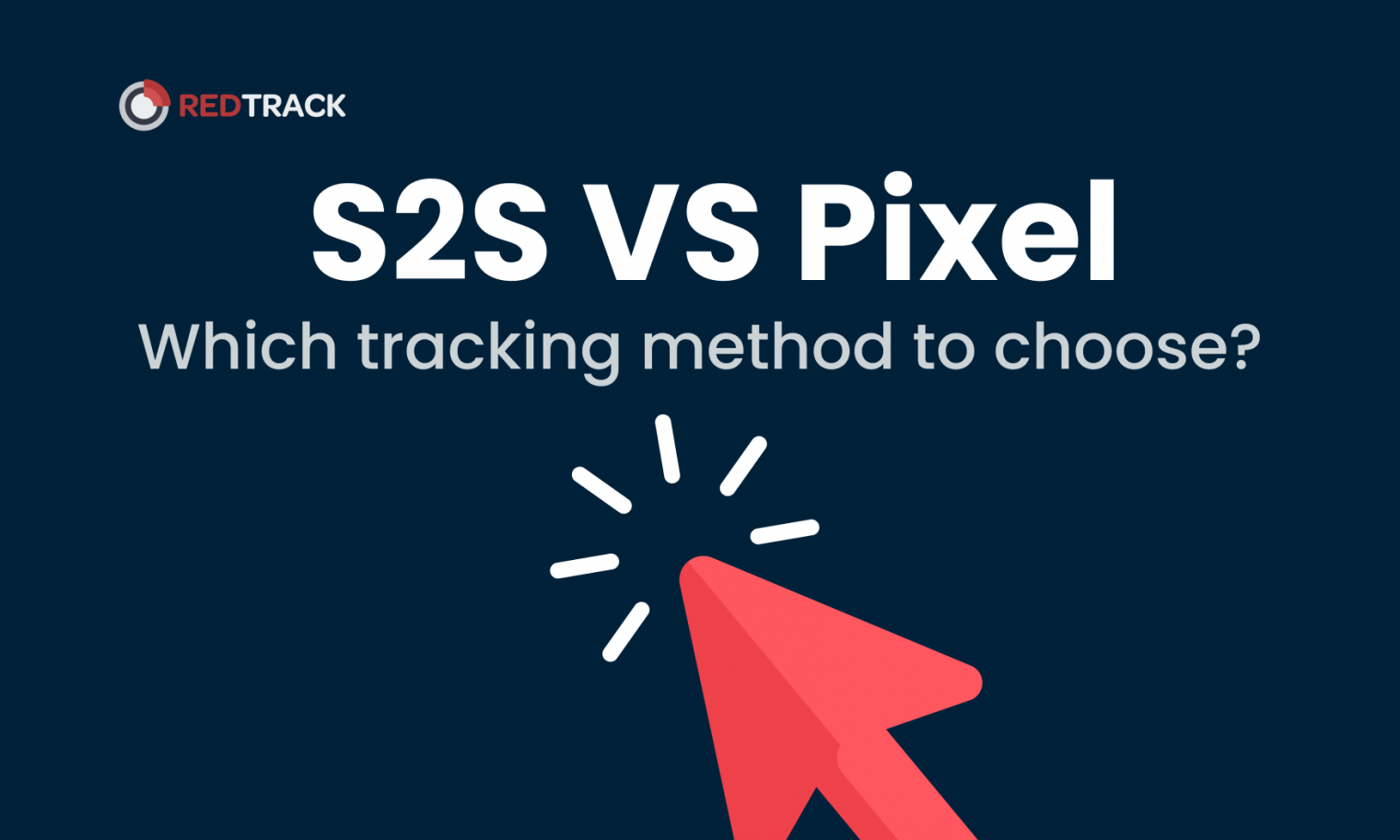
Check our 2-minute video to explore 5 reasons users choose RedTrack as their ad tracking & attribution partner.
A/B testing emerges as a fundamental strategy for optimizing marketing efforts and enhancing decision-making. This guide delves into the core of A/B testing, unraveling its significance and mechanics for media buyers, digital marketers, and those fascinated by the digital marketing landscape.
At its core, A/B testing, also known as split testing, is a methodical process where two or more variants of a web page, email, or other marketing assets are shown to different segments of users to determine which version performs better. It's a data-driven approach that replaces guesswork with empirical evidence, making it an indispensable tool for informed decision-making in digital marketing.
The implementation of A/B testing begins with identifying key elements that influence user behavior, such as headlines, images, call-to-action buttons, and content layout. The process involves:
Defining Objectives: Clearly outlining what you want to achieve – be it increased click-through rates, higher conversion rates, or improved user engagement.
Creating Variations: Developing the different versions of the content, ensuring only one element varies between them to accurately gauge its impact.
Testing and Collecting Data: Running the test for a sufficient duration to collect meaningful data, ensuring statistical significance.
Analyzing Results: Evaluating the performance of each variant against the set objectives to identify the most effective version.
Effective A/B testing leans heavily on the right tools and techniques. Utilizing platforms that offer robust A/B testing features, like Google Optimize, Optimizely, or VWO, is crucial. These tools facilitate the creation of test variations, target specific user segments, and provide comprehensive analytics to interpret the results.
Key metrics in A/B testing include conversion rate, click-through rate, bounce rate, and time on page. Tracking these metrics provides insights into user behavior and preferences, guiding future marketing strategies and decisions.
One of the main challenges in A/B testing is ensuring test validity. Factors like testing duration, sample size, and external influences can impact results. Overcoming these challenges requires meticulous planning, understanding statistical significance, and being aware of potential biases in test design.
To maximize the effectiveness of A/B testing:
Focus on Continuous Improvement: Always look for elements to test and improve.
Avoid Common Pitfalls: Such as running tests for insufficient time or testing too many variables simultaneously.
Integrate with Other Marketing Efforts: Use insights from A/B testing to inform broader marketing strategies.
The future of A/B testing lies in more advanced technologies like AI and machine learning, which can predict user behavior and automate testing processes. As digital marketing becomes more sophisticated, A/B testing will continue to evolve, offering deeper insights and more nuanced understanding of customer behavior.
A/B testing is a critical component of a successful digital marketing strategy. It empowers marketers to make data-driven decisions, ultimately leading to more effective and efficient marketing campaigns. In the dynamic digital marketing landscape, mastering A/B testing is not just advantageous; it's essential for staying competitive and achieving desired marketing outcomes.

Check our 2-minute video to explore 5 reasons users choose RedTrack as their ad tracking & attribution partner.

Join our Facebook group to participate in the discussions, share your insights with like-minded people, and ask for support if needed.

Find out how Financer.com optimized the conversion rates of both organic and paid traffic by 60% with RedTrack.